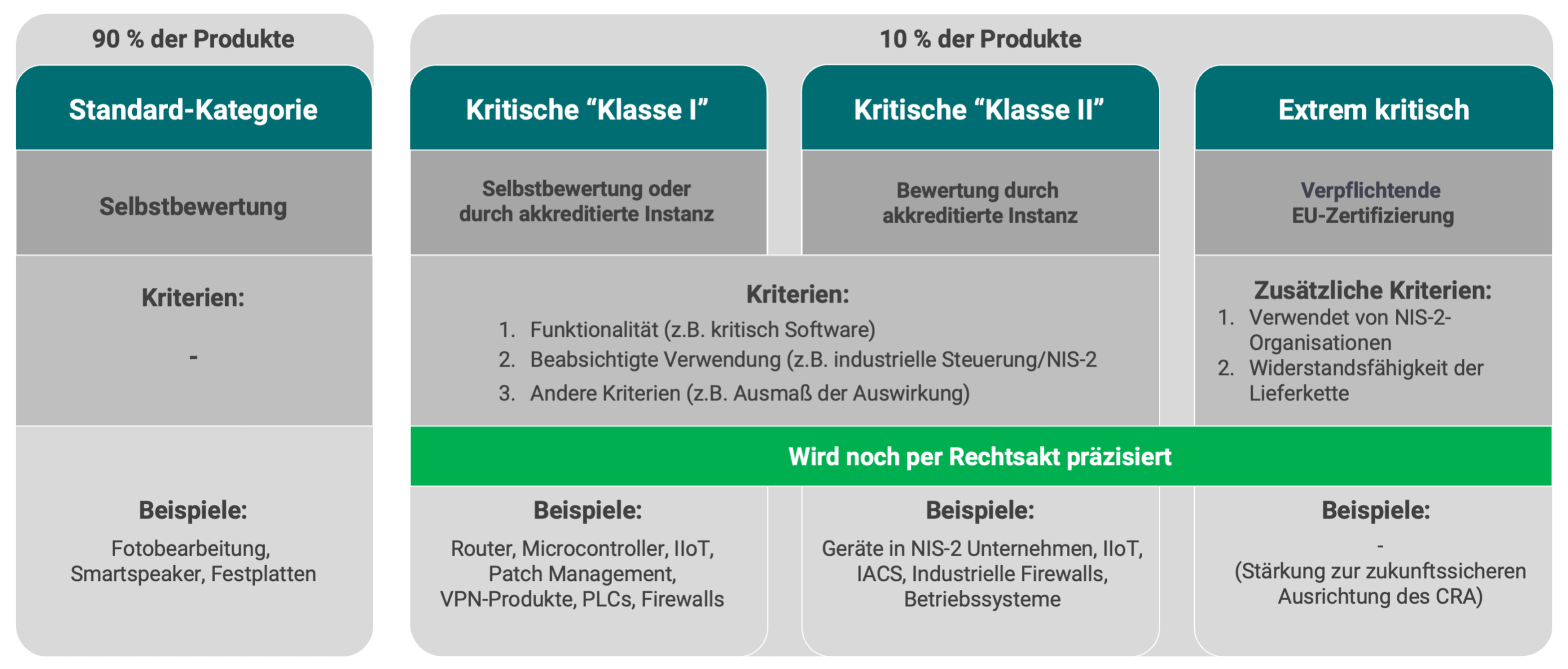Cyber Resilience: How to Protect Your Business from Cyber Attacks
What does it mean?
Cyber resilience is the ability of an organization to prepare for, respond to, and recover from cyber attacks or data breaches. It involves implementing strategies and measures to protect sensitive information and assets from cyber threats. Essentially, cyber resilience is about being able to bounce back quickly and effectively when faced with a cyber attack.
How do we achieve cyber resilience?

There are several key components to achieving cyber resilience. First and foremost, it is important to have a solid cybersecurity strategy in place. This includes implementing firewalls, encryption, and other security measures to protect your network and data. Regularly updating your security software and conducting vulnerability assessments can also help to strengthen your cyber defenses.
Another important aspect of cyber resilience is having a robust incident response plan. This plan should outline the steps to take in the event of a cyber attack, including who to contact, how to contain the breach, and how to recover any lost data. Regularly testing and updating this plan is essential to ensure that it remains effective.
Training and awareness among employees is also crucial for achieving cyber resilience. Educating staff on best practices for cybersecurity, such as using strong passwords and avoiding suspicious emails or links, can help to prevent human error from compromising your organization’s security.
What is known about cyber resilience?
Cyber resilience is becoming increasingly important as cyber attacks become more sophisticated and prevalent. According to a report by IBM, the average cost of a data breach has risen to $3.86 million, making it crucial for organizations to have robust cybersecurity measures in place.
One of the key challenges in achieving cyber resilience is the constantly evolving nature of cyber threats. Hackers are constantly developing new techniques to breach security systems, making it essential for organizations to stay one step ahead by continuously updating their defenses.
What is the solution?
There is no one-size-fits-all solution to achieving cyber resilience, as different organizations will have different needs and resources. However, there are some key steps that all businesses can take to improve their cyber resilience:
1. Invest in cybersecurity training for employees to raise awareness of potential threats and best practices for staying secure online.
2. Implement multi-factor authentication to add an extra layer of security to your network and systems.
3. Regularly update your security software and conduct vulnerability assessments to identify and address any weaknesses in your defenses.
4. Develop and regularly test an incident response plan to ensure that you are prepared for a cyber attack.
Additional Information on Cyber Resilience
When it comes to cyber resilience, it is crucial for businesses to adopt a proactive rather than reactive approach. By taking steps to strengthen your cybersecurity defenses before an attack occurs, you can minimize the potential damage and disruption to your organization.
It is also important to work with trusted cybersecurity experts and stay informed about the latest trends and threats in the cybersecurity landscape. By staying up to date on emerging threats and best practices, you can better protect your business from cyber attacks.
Ultimately, achieving cyber resilience requires a combination of technology, processes, and people. By investing in the right tools and training for your staff, you can strengthen your organization’s defenses and minimize the risk of a successful cyber attack.
Conclusion
In conclusion, cyber resilience is essential for protecting your business from cyber attacks and data breaches. By implementing a robust cybersecurity strategy, developing an incident response plan, and investing in employee training, you can improve your organization’s ability to withstand and recover from cyber threats. Stay proactive, stay informed, and stay secure.
FAQs
1. What is the difference between cybersecurity and cyber resilience?
Cybersecurity focuses on preventing cyber attacks, while cyber resilience involves preparing for, responding to, and recovering from attacks.
2. How often should we update our incident response plan?
It is recommended to update your incident response plan at least once a year, or whenever there are significant changes to your organization’s infrastructure or operations.
3. What role do employees play in achieving cyber resilience?
Employees play a critical role in maintaining cyber resilience by following best practices for cybersecurity and being vigilant for potential threats.
4. How can small businesses improve their cyber resilience?
Small businesses can improve their cyber resilience by investing in basic cybersecurity measures, such as firewalls and antivirus software, and by training employees on cybersecurity best practices.
5. What are some common mistakes to avoid when it comes to cyber resilience?
Some common mistakes to avoid include neglecting employee training, failing to regularly update security software, and not having a robust incident response plan in place.